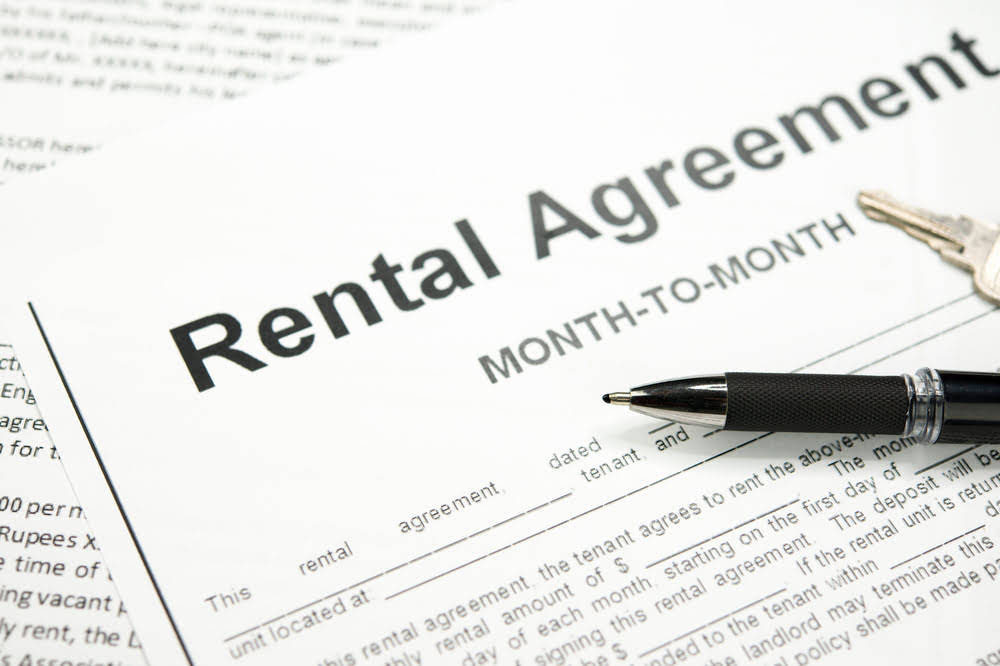
Issued shares refer to those shares issued by the company over time — yet, unlike outstanding shares, the number of issued shares includes shares repurchased by the company and held as treasury stock. The number of shares of common stock outstanding is a metric that tells us how many shares of a company are currently owned by investors. This can often be found in a company’s financial statements, but is not always readily available — rather, you may see terms like “issued shares” and “treasury shares” instead. Besides, it can be helpful to understand where the numbers you’re looking at came from.
What are Outstanding Shares?
Options and warrants are one aspect of the difference between basic shares outstanding and diluted shares outstanding. Here’s what you need to know about the different share counts that publicly traded companies use, as well as how you can calculate the number of outstanding common shares. Founded in 1993, The Motley Fool is a financial services company dedicated to making the world smarter, happier, and richer. The Motley Fool reaches millions of people every month through our premium investing solutions, free guidance and market analysis on Fool.com, top-rated podcasts, and non-profit The Motley Fool Foundation. The shares available to investors on the open market are commonly called the float.

It shows what your stake in the company is
- Investors may find it useful to compare a company’s floating stock to its outstanding shares when they’re making investment decisions.
- In the first 6-month reporting period, the company has 100,000 shares outstanding.
- The fully diluted number of shares indicates how many outstanding shares there could potentially be if all existing equity instruments were converted into common stock.
- Issued shares refer to those shares issued by the company over time — yet, unlike outstanding shares, the number of issued shares includes shares repurchased by the company and held as treasury stock.
- Every time one of these instruments is activated, the float and shares outstanding increase while the number of treasury stocks decreases.
- Authorized shares represent the third share-number metric that investors often look at to get a comprehensive overview of a company’s stock shares.
However, if the company has participated in a stock buyback, it has repurchased shares that were previously issued and outstanding, thereby reducing the number of outstanding shares. Preferred stock is a special class of shares that is generally considered a hybrid instrument, including properties of both a debt and how is sales tax calculated equity instrument. Preferred stocks are higher ranking than common stock, but also subordinate to bonds in terms of claim, or rights to their share of the company’s assets. Finally, outstanding shares are different than authorized shares, or the number of shares that a corporation is legally allowed to issue. Outstanding stocks are the shares that are actually already out on the market. The number of outstanding shares is also connected to the stability of the company.
- Besides, it can be helpful to understand where the numbers you’re looking at came from.
- It’s worth noting that a company’s basic number of shares outstanding can differ from its fully diluted number of shares.
- Overall, the number of shares outstanding, the metrics you can calculate from it, and related metrics — like the float — provide key insights to investors.
- That’s because the vast majority of its shares are available to the general investing public.
- A company may announce a stock split to increase the affordability of its shares and grow the number of investors.
The market capitalization method

Large lot trades by investors of closely held shares could significantly affect the stock’s price shares outstanding formula and the stock’s volatility. Heavy trading by closely held shareholders could also affect the stock’s weighting impact in free float capitalization indexes. Outstanding shares equation differ from issued (Authorized) as authorized shares are the number of shares a corporation is legally allowed to issue. In contrast, outstanding stocks are the ones already issued in the market.
Issued Vs. Outstanding Vs. Authorized
Floating stock is a narrower way of analyzing a company’s stock by shares. It excludes closely held shares, which are stock shares held by company insiders or controlling investors. These types of investors typically include officers, directors, and company foundations. Often, the number of issued shares is equal to the number of issued and outstanding shares.
- We have developed a strong culture of collaboration and best practice, with professional development and career planning at its centre.
- It helps in calculating key financial ratios and understanding the company’s ownership distribution.
- Investors can find the total number of outstanding shares a company has on its balance sheet.
- These companies aggressively fund their growth by using convertible debt and paying employees with stock incentives.
- A reverse stock split exchanges existing shares for a proportionately smaller number of new shares.
- Obviously, those option holders in theory could exercise their options to create new shares.

While outstanding shares determine a stock’s liquidity, the share float—shares available for public trading – plays a crucial role. A company with 100 million outstanding shares, but with 95 million held by insiders and institutions, will have a constrained float of only five million shares, impacting its liquidity. After initial public offerings or SPAC (special purpose acquisition company) mergers, pre-existing owners usually have “lock-up” requirements that prohibit selling for a period of time (usually at least 90 days).

Preferred stock’s subdivisions are usually based on the various purchase prices, protective provisions, and other rights granted to the preferred stockholders. If a company issues new shares to the public, exercises a stock split or the employees of the company redeem the stock options, the number of outstanding shares tends to increase. On the other hand, if a company buys back the shares or practices share consolidation, the number of outstanding shares decreases. No, float—short for floating stock or floating shares—can’t be higher than shares outstanding. It’s always a smaller figure because it only counts the number of shares available for investment and trading on financial exchanges. In a stock split, a company exchanges its stock for more shares (in a forward split) or fewer shares (in a reverse split).

- For example, in a 2-for-1 stock split, the share price is halved, but the outstanding shares double, improving affordability and attracting a broader investor base.
- The term “float” refers to the number of shares available to be traded by the public and excludes any shares held by company executives or the company’s treasury.
- Outstanding shares highlight the structure of a company’s ownership while its floating shares indicate how many shares are available for public trading.
- Companies that have publicly traded stocks in the United States are required to file public financial disclosures to the Securities and Exchange Commission (SEC) which include the company’s balance sheet.
- Shares outstanding (or outstanding shares) are any shares that are held by shareholders and company insiders.
- Like a company’s outstanding shares, a company’s float also changes on a consistent basis.
More specifically, treasury shares are the portion of shares that a company keeps in its treasury. It’s important to https://www.facebook.com/BooksTimeInc note that outstanding shares do not include treasury stock, which are shares that were once owned by investors that a corporation has repurchased. They also do not include preferred shares, which are stocks that do not carry shareholder voting rights, but do give their owners some ownership rights and pay a fixed dividend. Corporations have a certain number of authorized shares of common or preferred stock. However, just because a corporation is authorized to issue stock doesn’t mean that it has to issue all of those shares. Most of the time, corporations will tell investors how many shares of stock they’ve issued, but sometimes, it’s helpful to be able to calculate those numbers on your own.

